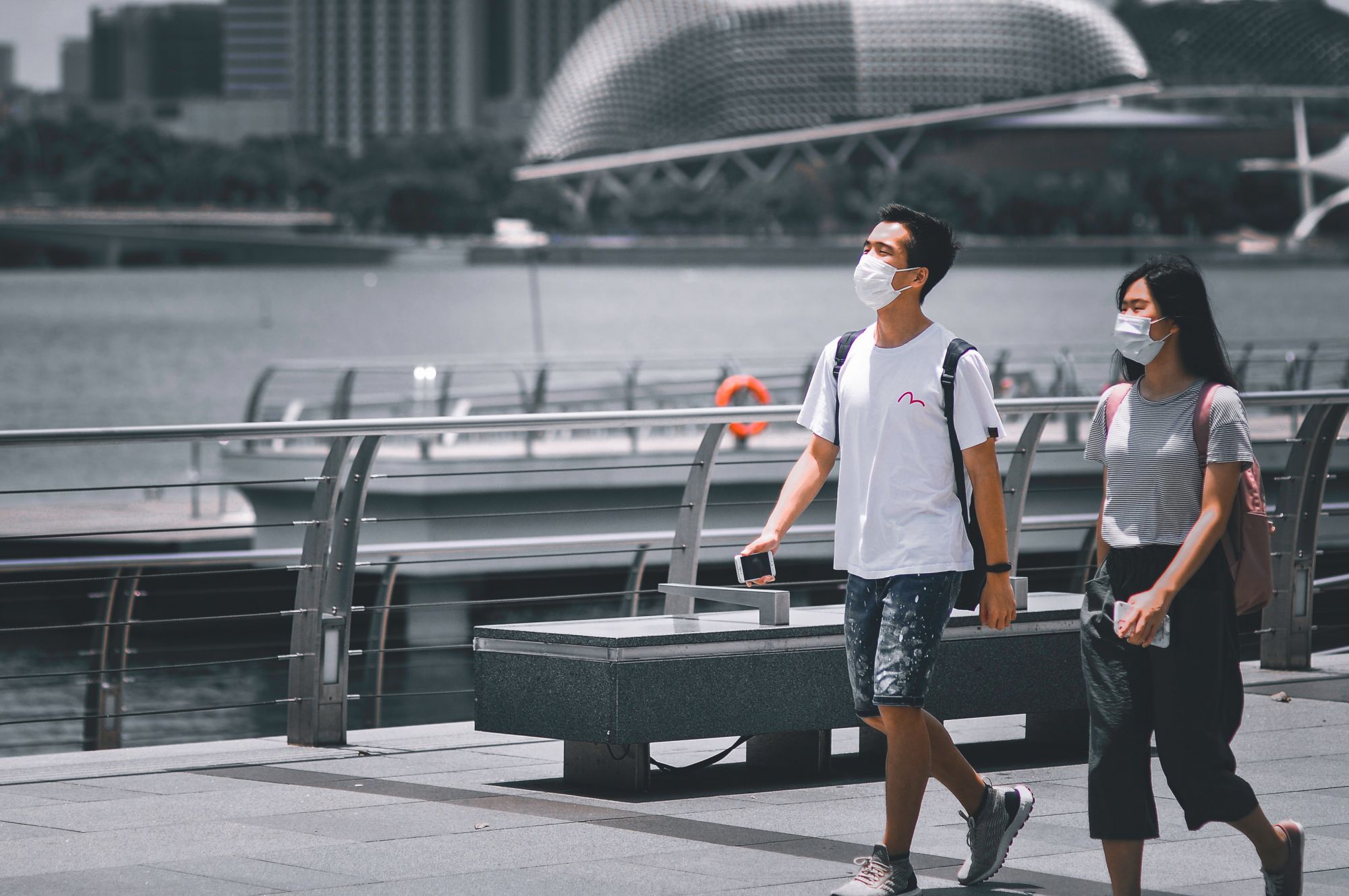The key things to know about the process towards Phase 3, and what to expect
It has been several months since Singapore entered Phase 2 of its safe re-opening, and as the number of Covid-19 cases decrease and safe distancing measures ease a little, Singaporeans have been left wondering what exactly Phase 3 entails—which is said to be our “new normal” until a vaccine is found.
During the announcement of Phase 2 in June, health minister Gan Kim Yong had described it as a “process”, with restrictions continuing to ease until we reach Phase 3, which is “the eventual endpoint”.
Restrictions have indeed been progressively lifted in the past few months. More employees have been allowed to return to workplaces as long as they continue to work from home (WFH) for “at least half of their working time”, and that “no more than half of such employees are at the workplace at any point in time”. Business-oriented events within workplaces have also been allowed for up to 50 persons depending on venue capacity.
From October 3, religious organisations have been allowed to “conduct congregational and other worship services for up to 100 persons”, and weddings, which was previously capped at 50 people, will now be able to accommodate up to 100 attendees (including the wedding couple and excluding vendors) as long as they are split into zones of up to 50 persons each or by staggered timings.
Now, it appears that the Government is preparing Singapore to enter Phase 3. Speaking in Parliament on Monday, deputy prime minister Heng Swee Keat said that more details on the third stage of it phased re-opening would be released by the multi-ministry task force in the coming weeks. This would include the expected timeline as well as changes to the current safety regulations.



